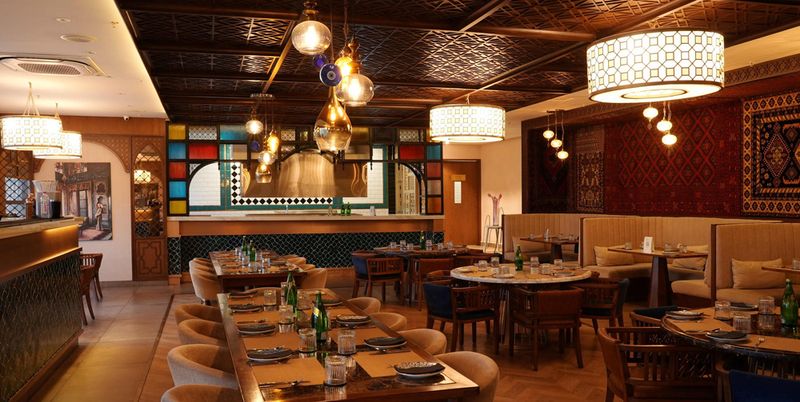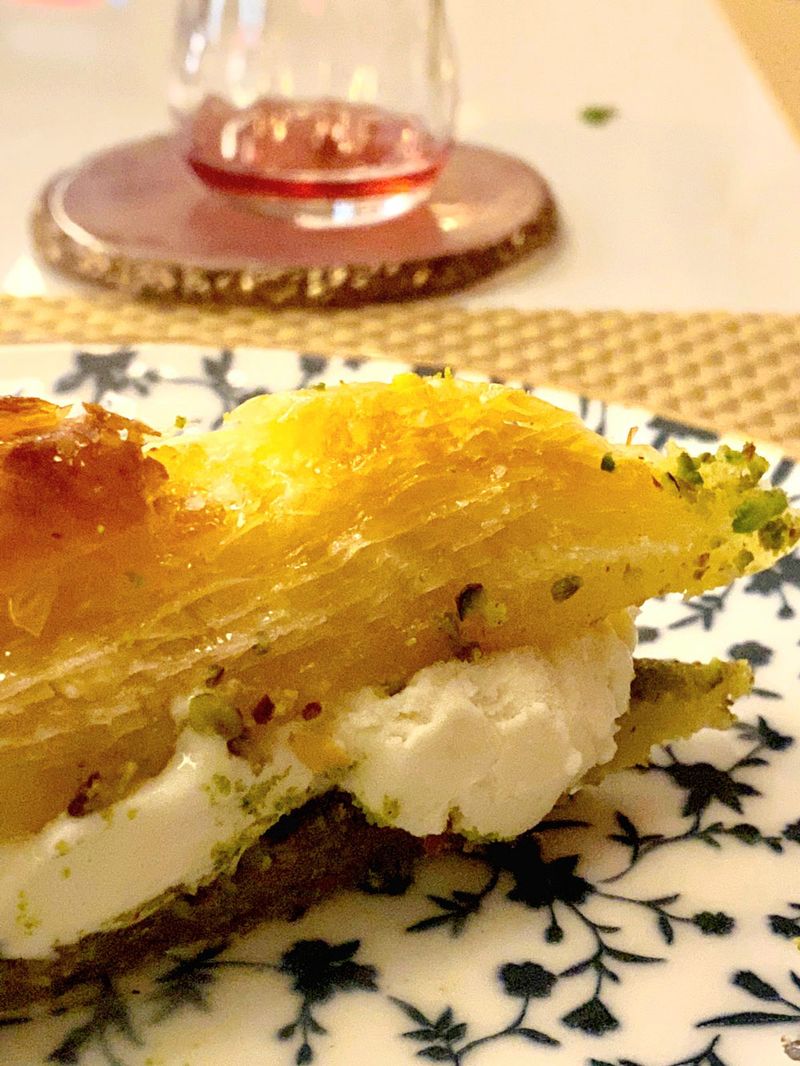If there's one thing that is common between Turkish and Indian food, it's how complex both are. Influenced by the region's geographies, ruling dynasties, cultural exchange, trade etc, have given both these countries a distinct identity when it comes to their cuisines.
For instance, it often makes me smile when people eat a hummus, on a Turkish menu, and say 'But this is more middle-eastern". West Asia in fact has had tremendous influence on the Ottomans, who in turn infused that into Turkey, simply put.
The evolution of Turkish food can be divided into two broad categories: The Classical (cuisine of the Ottoman empire) and Regional (food that is more specific to local traditions, geography, ethnic groups etc), and each region has its own unique culinary design. Not very different from the Indian story, is it?
What we see today in most Turkish restaurants outside of the nation is probably the result of global influence, or what we can safely call the modern Turkish food. Fortunately for us, what's original and true has not quite disappeared or even faded. Now back to the fun stuff. Öz by Kebapçi is a fancified (to several degrees) version of the original restaurant in Koramangala. Bear with me for a moment here, if you haven’t eaten at the first outlet, stop reading this review and go eat there first.
The food is delicious and will make you feel so Turkish at the end of it.

The look and feel
Öz by Kebapçi is one of those places for which you’ll feel like dressing up; you don’t need to really but the ambience is a little formal, brighter, with some extremely cheerful managers and servers. They must love working there.
I have to admit that walking into a brightly lit, vibrant restaurant unnerves me. It’s precisely then when I realise that I should have worn different shoes or brought a different bag. Do these people care? Not one bit.
The space, which has been designed by Mert Duyal, an interior designer from Istanbul, straddles modern aesthetics and the historical heritage of Türkiye. Earthy tones such as warm browns, reds and oranges – colours that are commonly associated with Turkish décor – have been used. Architectural elements such as arches, domes, intricate patterns in doorways and handcrafted wood ceiling make the connection stronger. Not to mention the fact that you’ll see carpets, rugs and drapes that are typical in the country.

On the menu
The Öz menu is anything but concise, and it comes with such pretty pictures that you’d want your dinner date to be slightly late, just so you can browse in peace. This is also when you rub your chin and think like an intellectual, going through the names of dishes and reading descriptions. And while you’re at it, order the Turkish tea. It will not only set the mood right, but will also make you forgive anyone you’ve been annoyed with that day. Thank us later.
Unless you’re an expert who knows exactly what they want, it’s not easy to navigate through the menu. I’d recommend asking for suggestions based on your dietary preferences. Our table was covered with food (do not ask why) and we went from the simple Halloumi to the Imam Bayidli without following any pattern. It’s fun. The Halloumi, if you like the slightly chewy texture, is such a delicious cheese. The one at Oz is grilled and has a subtle taste of olive as well. Now imagine a bite of that and alternating it with a forkful of the Antep, a mildly spiced kebab where the meat melts in your mouth.
It was the dolma, incidentally one of my favourite dishes, that didn’t quite touch the spot. At Oz, you can choose between grape vine or lettuce leaves for your roll. The Avocado Hummus is what you must try though; break some pide (Turkish flatbread), dip it into the hummus, close your eyes and bite into it. If you are an avo addict, this is your fix.
Please let me wax eloquent about the Imam Bayidli. It’s the Öz version where thick slices of slow cooked brinjal (or aubergine as they call it at the restaurant) is served with labneh. The thick, creamy, slightly tart strained yoghurt sauce was so delicious that it made the brinjal look good. It’s just ‘baingan’, you’d think. But no, am sure some witchcraft was involved in the making of this dish.
Finally, the Lamb Asado needs a special mention. Lamb chops with high marbling, marinated with a subtle spice mix and served with mashed potatoes and vegetables. Yes, it’s basically the Turkish version of a lamb steak where the meat is seared at your table before it’s served. Relish this dish, everything is right about it.
The finishing touches

At the time of our visit, the only dessert that was available here was the baklava. But it was no ordinary baklava. It has 94 layers (I wonder whose job is to count those layers though) of thin layers of dough, filled with cream, ice cream and ground pistachios. In a nutshell, it’s a sweet conspiracy to get you hooked. But I’ve had Öz’s Kunafa and they rock that scene as well, so if it’s on the menu when you go, don’t miss it.


